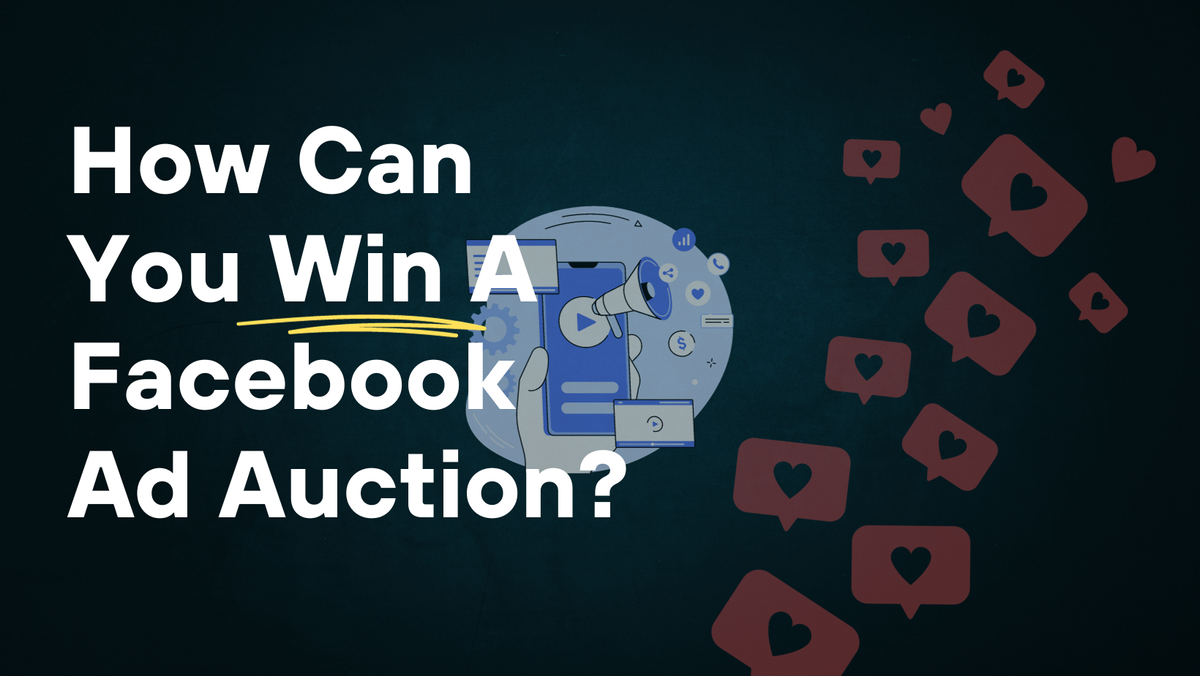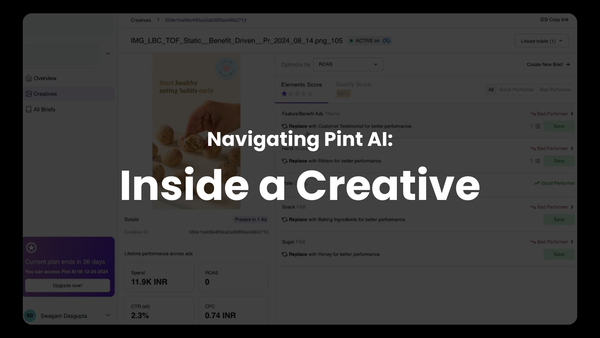How Can You Win A Facebook Ad Auction?
What exactly is Facebook's ad auction system? How does it work? What can an advertiser do to rank high in the auction? We break these questions down and more.

How do you make sure that your ads succeed? This is a question that plagues marketers day in and day out. Is it targeting a narrow audience profile? Is it the right bid, optimized day in and day out? Is it the quality of the ad, or is it all of these things?
Depending on who you ask, you'll get different answers. But before we even talk about how to make sure your ads succeed, let's look at what goes into the delivery of your ad on Facebook. For a marketer, there are two big components of Facebook's ad system — an advanced auctioning system and a sophisticated targeting algorithm. Most marketers are familiar with the second one, and soon, targetting will largely be done by Facebook itself, with marketers having to put in just the basic details.
So today, let's focus on the auction system. What is it and how does it work?
To be honest, when I started marketing on Facebook, I skipped over actually understanding the auction mechanism. I mean, the word — auction — said more than enough about what it was, right? But understanding the auction system is important to know what levers you have control over, and what you need to take into account to succeed.
The auction system works to determine 'total value' (TV) of an ad. Think about it like this: Facebook's primary job is to keep users engaged on the platform. An advertiser's primary job is to make sure their ad reaches the right person on the platform. So Facebook has to (at some level) balance user engagement with an advertiser's goals to actually succeed. And this is where their metric of TV comes in.
The TV of an ad is dependent on three factors:
- Bid: The bid amount placed by you, the advertiser, on your ad to meet its end goal.
- Estimated Action Rate: This is the probability (that Facebook calculates) of an action being taken when your ad is actually shown to a person. For eg., if you're running an ad for website visits, this metric calculates the probability of someone actually clicking the 'visit website' button once they see the ad.
- Ad Quality (aka User Value): This is the broadest of the three factors, and encompasses a bunch of different things to assess whether the ad is actually of value to the user. It looks at things like whether people choose to hide the ad, whether the content is clickbait, whether the language is sensationalised and more.
And the following is how the formula for calculating TV works:
Total Value = Bid x Estimated Action Rate + User Value

Now estimated action rates and ad quality, put together measure something called ad relevance. Simply, it means how relevant are your ads.
So what does this mean? Well, basically, it means you really have to focus on how good your ad is. At times, this can overpower the bid component of the formula. Take it from Facebook themselves:
Together, estimated action rates and ad quality measure ad relevance. Because these are components of the auction, an ad that’s more relevant to a person could win an auction against ads with higher bids.
So in your ad delivery, in addition to the bid amount (which is often set for one ad campaign) and audience targeting (which is largely going to be done by algorithms from now on), the biggest lever you have is the ad creative and content itself.
Now how do you get your creatives to do the heavy lifting for you? That's a question that can have thousands of answers, and we'll be sure to cover some of them in future editions of Analyze That Ad.
Facebook Ads by themselves can demand a separate newsletter, and there's a ton of resources out there for you to get a better hang of the ad system as well as the auction mechanism. Here are some:
- How Facebook Ads Alogrithm Actually Works by Jorge Vieira
- Everything You Need to Know About the Facebook Ads Algorithm by Gouri Sasidharan, Artwork Flow
- About Ad Auctions, Facebook
In subsequent issues, we will dive deeper into understanding different parts of Facebook's ad system, things to look out for in the coming future and how you, as an advertiser, can make the most of this. So subscribe to this newsletter for more such stories! Until next time.





